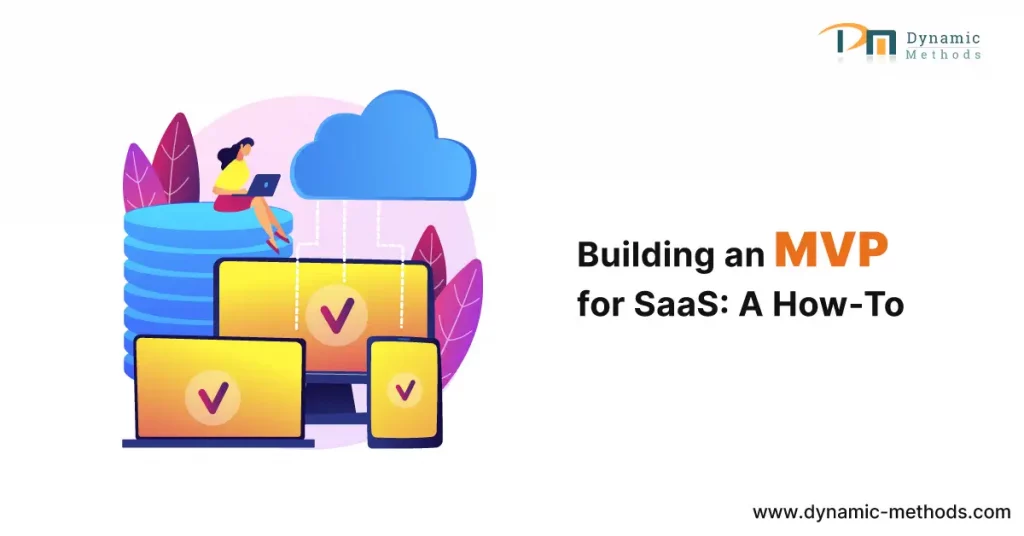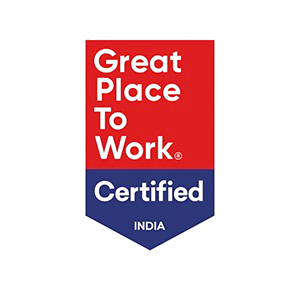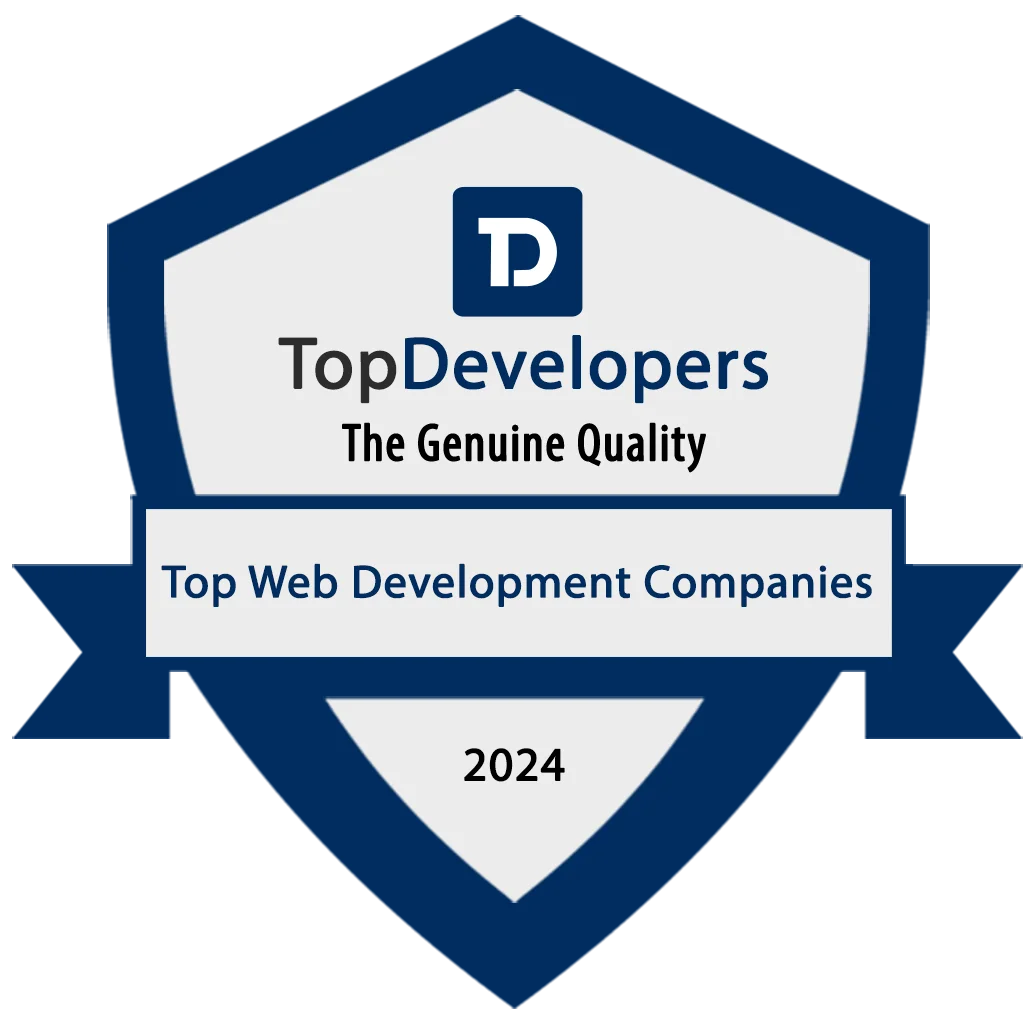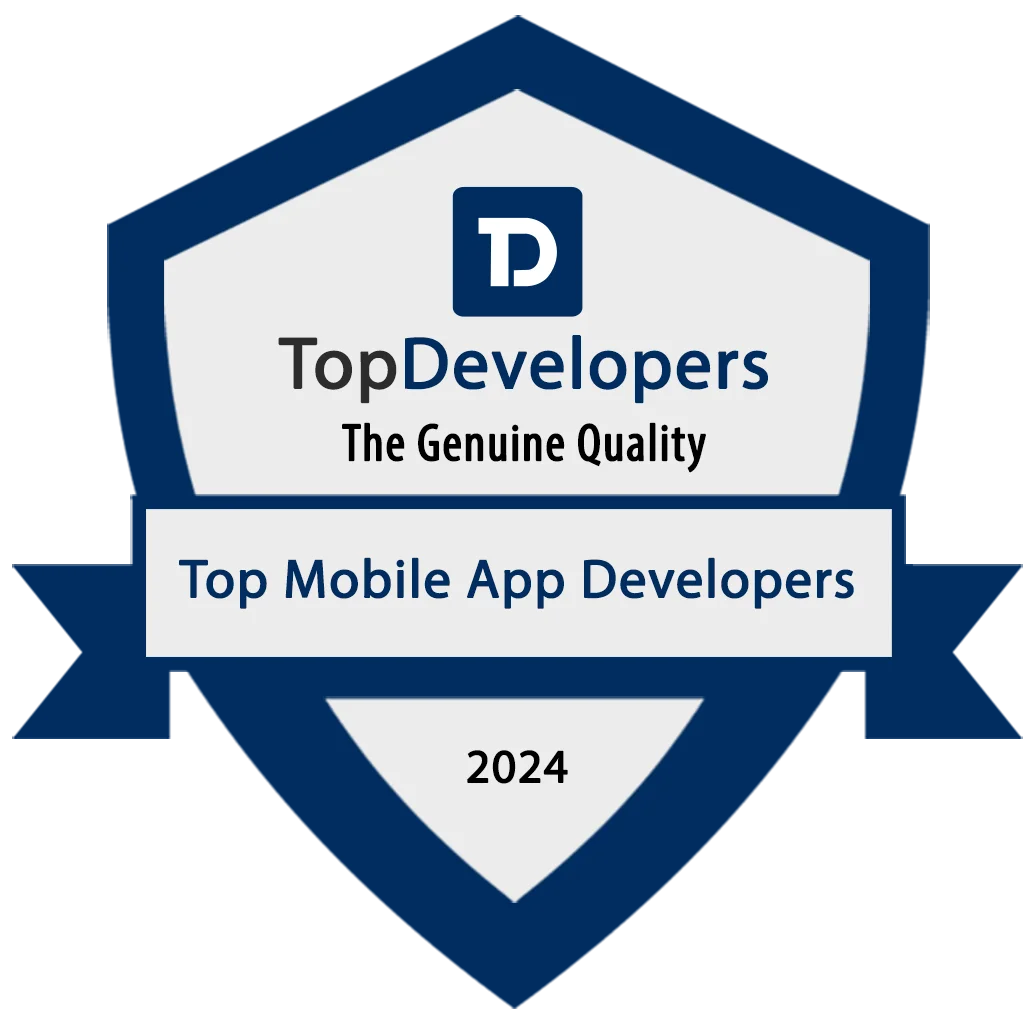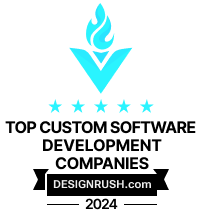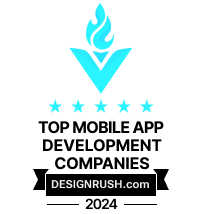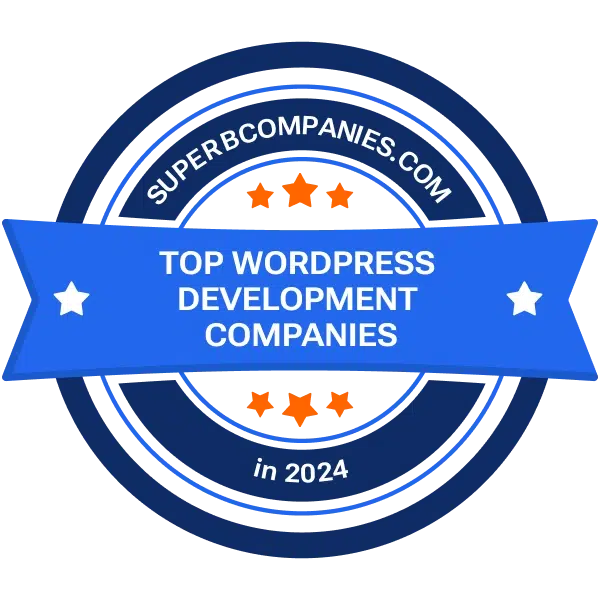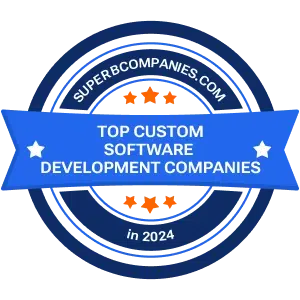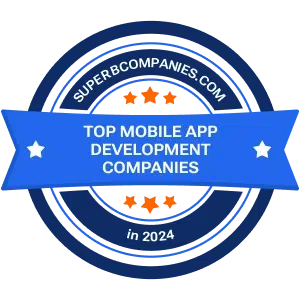The Pivotal Role of Security in SaaS Products: A Deep Dive into Data Privacy and Protection
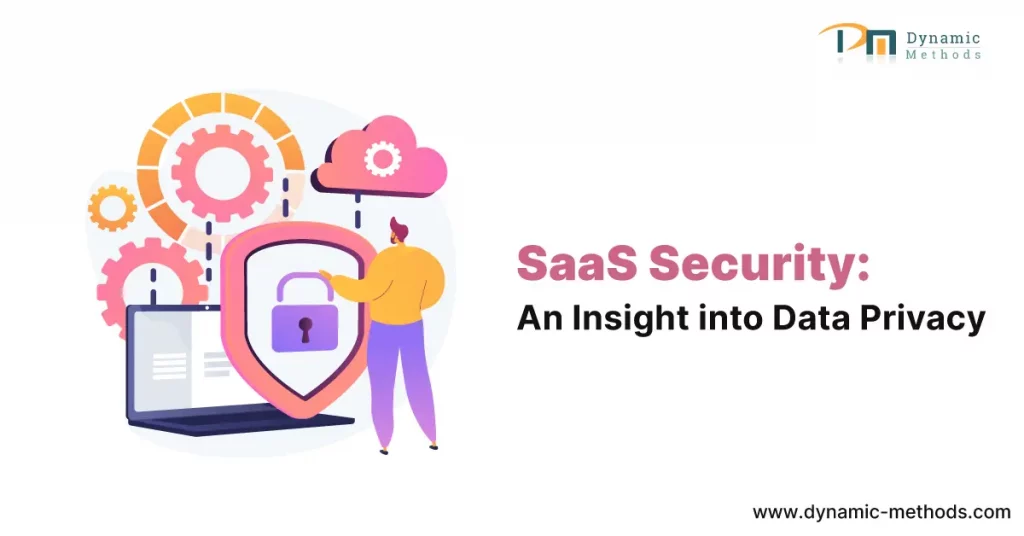
The digital sphere continues to advance at breakneck speed, pushing more businesses to capitalize on the myriad benefits offered by Software as a Service (SaaS) solutions.
However, with this increasing dependency on these services comes a heightened need for formidable security measures. SaaS product security and data privacy aren’t just buzzwords; they are absolute essentials.
Our journey today takes us through the intricacies of these subjects, equipping you with knowledge and best practices.
Decoding SaaS: Grasping the Concept of Software as a Service
Software as a Service, popularly known as SaaS, represents a paradigm shift in the way software is delivered. Instead of the conventional method of installing and maintaining software on individual systems, SaaS lets users access applications over the internet.
While this innovative model offers many benefits, it also poses certain challenges, particularly in the realm of data security and privacy.
SaaS Product Security: A Pillar of Digital Trust
With organizations entrusting their confidential data to SaaS providers, the security of these applications is paramount. Any breaches can lead to far-reaching consequences, including financial loss, reputational damage, and legal entanglements.
Hence, SaaS product security, encompassing customer data protection to proprietary business information safeguarding, is an imperative concern.
The Intricacies of Data Privacy: The Imperative of User Information Protection
In today’s data-centric world, user data has metamorphosed into a crucial asset. Protecting this wealth is not just an ethical obligation but also a statutory requirement in many jurisdictions.
Data privacy, which covers everything from data collection and storage to processing, is the cornerstone of regulatory compliance and user trust.
Unraveling the Threat Landscape: Understanding Common Security Risks
SaaS applications aren’t immune to security threats. From sophisticated malware and cunning phishing attempts to relentless DDoS attacks, SaaS products face an array of hazards. Understanding these threats is the first step towards crafting robust security architectures, preserving data integrity, and maintaining data confidentiality.
Exploring SaaS Vulnerabilities: Potential Achilles' Heels
Despite their numerous advantages, SaaS applications can contain vulnerabilities. Weaknesses could lurk in the code, configuration errors, or insecure APIs, presenting opportunistic loopholes for cybercriminals. Recognizing these potential weak spots and addressing them promptly is essential for a secure SaaS environment.
Implementing Security Protocols for SaaS: Essential Protective Measures
Protecting SaaS applications involves a multi-dimensional strategy that combines technical measures, procedural safeguards, and regulatory compliance. This includes data encryption, multi-factor authentication, regular data backups, and incident response planning.
Data Encryption: The Shield of Data Protection
Data encryption serves as a crucial line of defense in data protection. By transforming data into an unreadable format that only a legitimate decryption key can revert, it protects sensitive information from prying eyes during transmission and storage.
Multi-Factor Authentication: Reinforcing Security Defenses
Multi-factor authentication (MFA) adds an extra layer of security to the standard username-password combination. By requiring multiple forms of identification, MFA secures your SaaS product from unauthorized access, even if a password is compromised.
Data Backup and Recovery: Shielding Against the Unexpected
System failures, malicious attacks, or even human errors can result in catastrophic data loss. A robust backup and recovery plan can mitigate this risk, allowing you to quickly restore operations. Incorporating regular, automated backups and testing recovery procedures should form an integral part of your SaaS security strategy.
Overlooking Physical Security Measures: A Critical Mistake
Physical security measures are as crucial as digital ones. A fortified data center can prevent unauthorized access and potential sabotage. Without proper physical security, even the most advanced digital safeguards may fall short.
Navigating Cloud Security: Risks and Mitigation
SaaS applications hosted in the cloud face unique security challenges. These range from secure data transfer to user access management, data breach protection, and ensuring service availability. A comprehensive cloud security strategy is key to managing these risks.
The Power of Secure Coding Practices
Secure coding practices involve designing and implementing software with security as a cornerstone from the get-go. This proactive approach can minimize vulnerabilities, reduce the attack surface, and make applications more resilient to attacks.
Security Testing: Penetration Testing and Vulnerability Assessments
Security testing is an indispensable step in identifying and mitigating vulnerabilities. This involves techniques like penetration testing, where simulated attacks help identify weak spots, and vulnerability assessments, which prioritize potential threats based on severity.
Vendor Management: A Third-Party Risk
For businesses reliant on SaaS solutions, the security measures implemented by their vendors can be a potential risk. Ensuring that your third-party providers follow stringent security standards can protect your data from compromise.
Staff Training: Cultivating a Security-first Culture
Cybersecurity training for staff is one of the most effective strategies to reduce the risk of security incidents. A culture of security awareness can act as the first line of defense against cyber threats.
Regulatory Compliance: Treading the GDPR and CCPA Path
Compliance with data protection regulations such as GDPR and CCPA is not optional for businesses handling sensitive data. Non-compliance can lead to substantial fines and irreparable reputational damage.
Incident Response Planning: Bracing for a Security Breach
An incident response plan offers a structured approach to potential security incidents. By having a well-defined plan in place, you can minimize damage, recover faster, and learn from each security incident.
The High Price of Insecurity: Weighing the Consequences of Data Breaches
Data breaches are a double-edged sword, causing financial loss and eroding customer trust. Recognizing the potential cost of lax security underlines the importance of a robust security investment.
Learning from History: SaaS Security Incidents
Real-world incidents offer valuable lessons about SaaS security. By studying these case studies, businesses can understand the consequences of security lapses and appreciate the importance of preemptive measures.
The Road Ahead: The Future of SaaS Security
As technology evolves, new security challenges and opportunities emerge. Staying updated with these trends can help businesses gear up for the future, fortifying their defenses and making the most of new technologies.
Choosing a Secure SaaS Provider: Your Security Checklist
Picking a secure SaaS provider requires a careful evaluation of their security protocols, regulatory compliance, and ability to meet your specific requirements. This checklist will guide you through this crucial decision-making process.
The Security Audit: Is Your SaaS Product Secure Enough?
Routine security reviews are critical for identifying potential weaknesses and ensuring robust security. A comprehensive audit should encompass every aspect of security, from the software itself to vendor security and user access controls.
The Last Word: The Ongoing Journey to Robust SaaS Product Security and Data Protection
Securing SaaS products and maintaining data privacy is a continual process, not a one-off task. By staying vigilant against the latest threats, deploying robust security measures, and cultivating a security-conscious culture, businesses can uphold user trust and protect their valuable data.
Are You Ready to Secure Your SaaS?
Take a moment to reflect on your SaaS security. What measures have you implemented? Are there any weaknesses? Do you feel prepared for future threats?
Dynamic Methods provides software product development services at best rate. Engage with us in the comments section below. We would love to hear about your experiences and insights. If you found this article helpful, please like, share, and spread the word about the importance of SaaS security!
FAQs
1. Why does SaaS security matter?
SaaS security is crucial because businesses entrust sensitive data to SaaS providers. A security breach could result in significant financial loss, damage to the company’s reputation, and legal complications.
2. What threats are commonly encountered in SaaS security?
SaaS security threats include malware, phishing attacks, DDoS attacks, and potential vulnerabilities within the SaaS application itself.
3. What strategies can improve SaaS security?
Enhancing SaaS security involves implementing technical safeguards like encryption and MFA, procedural strategies, staff training, and maintaining regulatory compliance.
4. How does encryption enhance SaaS security?
Encryption is a key security measure that transforms data into an unreadable format, protecting it from unauthorized access during transmission and storage.
5. Why is multi-factor authentication (MFA) important for SaaS security?
MFA adds an extra layer of security by requiring multiple forms of identification, thereby preventing unauthorized access even if a password is compromised.
6. What role does staff training play in SaaS security?
Security awareness training can significantly reduce the risk of security incidents. A culture of security awareness can act as a first line of defense against cyber threa

